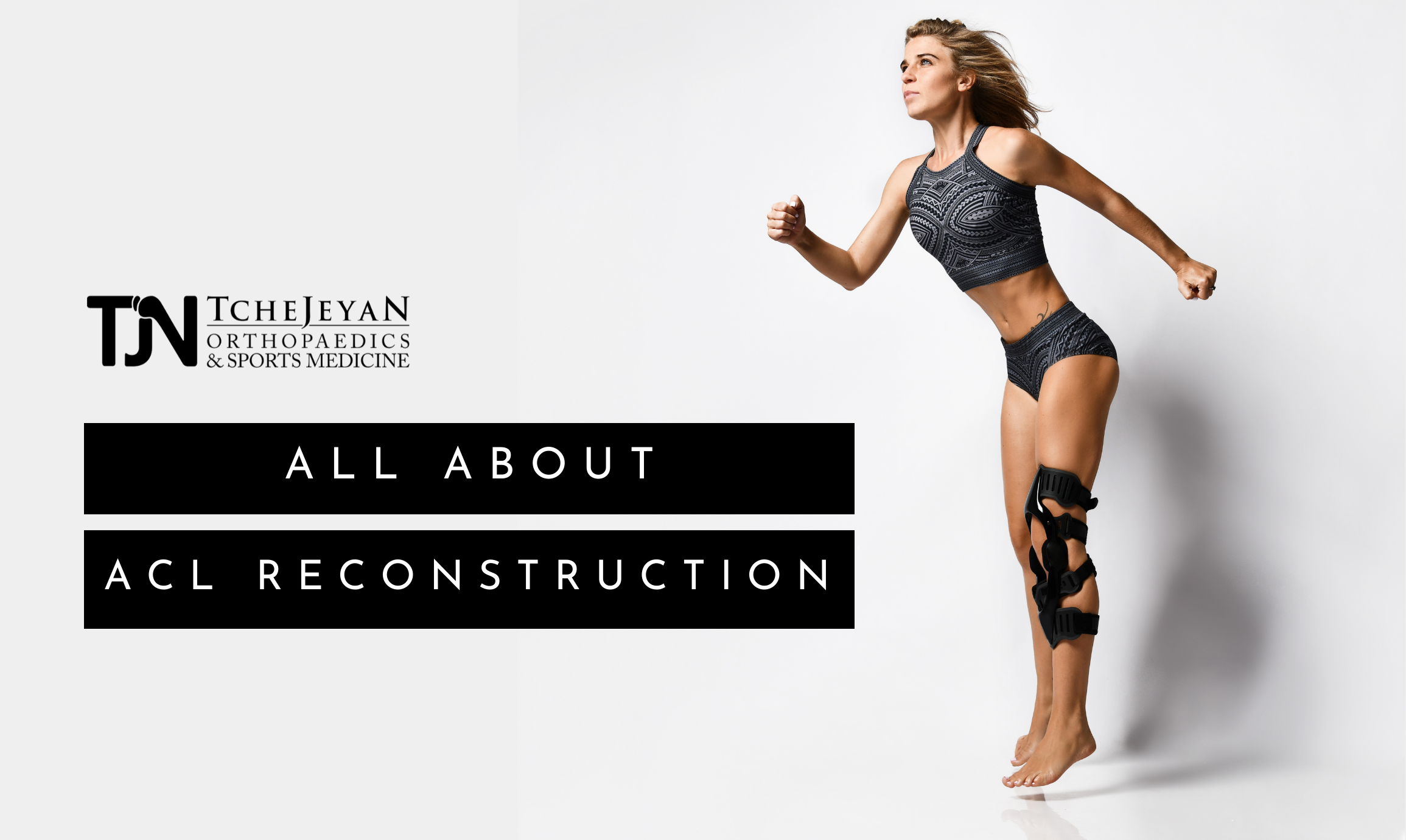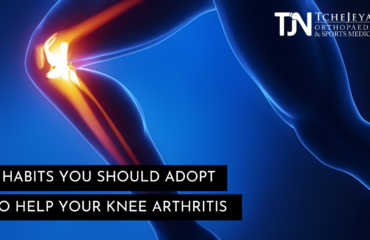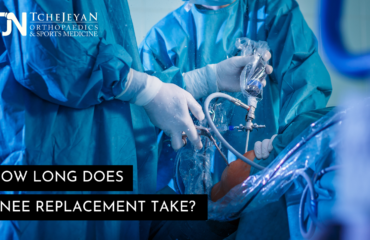As you may recall from the Knee Anatomy 101 post, there are several ligaments (bands of tough, elastic connective tissue) within the knee that surround the joint to limit and support its movement. When these ligaments get damaged, orthopedic surgery is required. ACL surgery is a major surgery that either reconstructs or replaces a torn anterior cruciate ligament (also known as the ACL) in the knee.
Why ACL Reconstruction?
ACL Surgery is actually quite common, with approximately 100,000 ACL reconstructions performed each year. The ACL has an important job, and tears often cause the joint to become unstable and slide forward too much. This injury occurs most often in athletes and causes pain, swelling, tenderness and limited motion. To solve this problem, ACL Reconstructive Surgery is performed, usually several weeks after the initial injury, once the swelling and inflammation has been reduced.
If you’re one of those patients that ends up needing an ACL Reconstruction, there’s much to learn ahead of time to make the process less intimidating for you. Especially when you visit TJN Orthopedics, you’ll receive comprehensive care that includes an individualized assessment and treatment plan so you can return to the normal activities you love as quickly as possible.
What Happens During ACL Reconstruction?
At TJN Orthopedics, ACL Reconstructions are performed arthroscopically, meaning that once the graft is obtained through a small incision, a small camera is used to view the joint and complete the reconstruction, as opposed to opening up the entire knee with a large incision. This minimally invasive method actually allows for lower complication rates, quicker recovery, and a host of other benefits to the patient.
During surgery, the surgeon replaces the damaged anterior cruciate ligament with new ACL graft tissue. This tissue is either taken from the patient’s own body or donated from someone else. Simply reconnecting the torn ends will not repair the ACL. Part of another ligament, usually taken from the knee or hamstring, is used to create a graft for the new ACL.
To do this, the surgeon drills bone tunnels into the tibia and the femur, removing the torn ligament, then placing the ACL graft in about the same position. Two screws are usually used in your knee to hold the graft in place while it is healing. They are very deep in the bone and cannot be felt by pressing on your knee from the outside. They do not need to be removed. When bioabsorbable screws are used, it will take approximately two to three years for them to be fully absorbed. This slow absorption is not a problem since the ends of the graft are fully incorporated into the bone tunnels within two to three months.
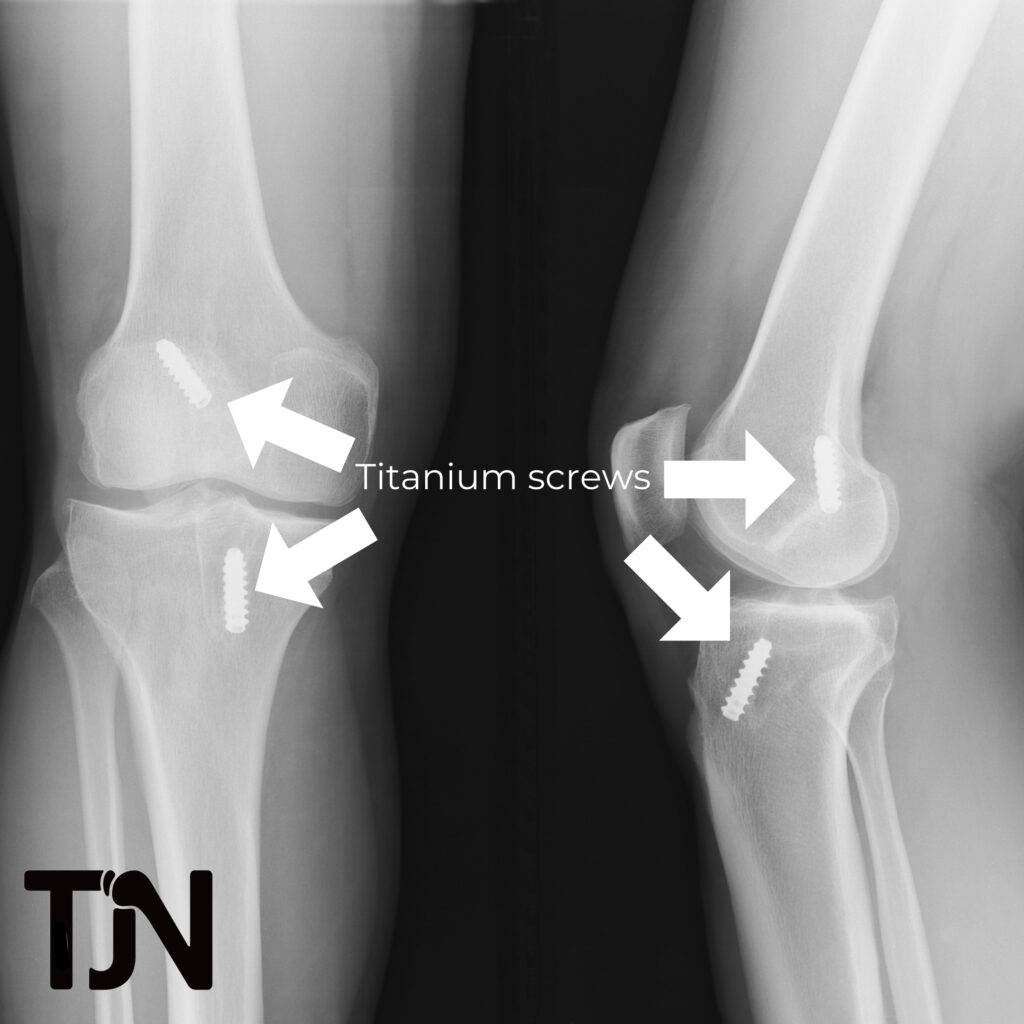
The entire surgery takes about an hour to an hour and a half, and you won’t need to stay overnight. The reconstruction is performed under anesthesia, so you won’t experience pain during the surgery, and you’ll wake up with 3 to 4 one-quarter-inch incisions around your knee.
What Happens After ACL Reconstruction Surgery?
After about 1 – 2 hours in the recovery room, you’ll be able to return home with an after-care plan provided by your surgeon. Most patients can easily manage their pain initially with prescription narcotics for 5 to 10 days. Over-the-counter pain relievers may be used after that as needed.
You’ll likely be in a brace for 2 to 3 weeks, mostly to protect your leg in risky situations and until you gain the confidence and strength to go without it. Your therapist and/or surgeon will tell you when to stop using this immobilizer.
You’ll also be on crutches for some time between 1 and 2 weeks unless otherwise instructed by your doctor. When you regain muscle control of your leg and feel secure, you can discontinue use of the crutches.
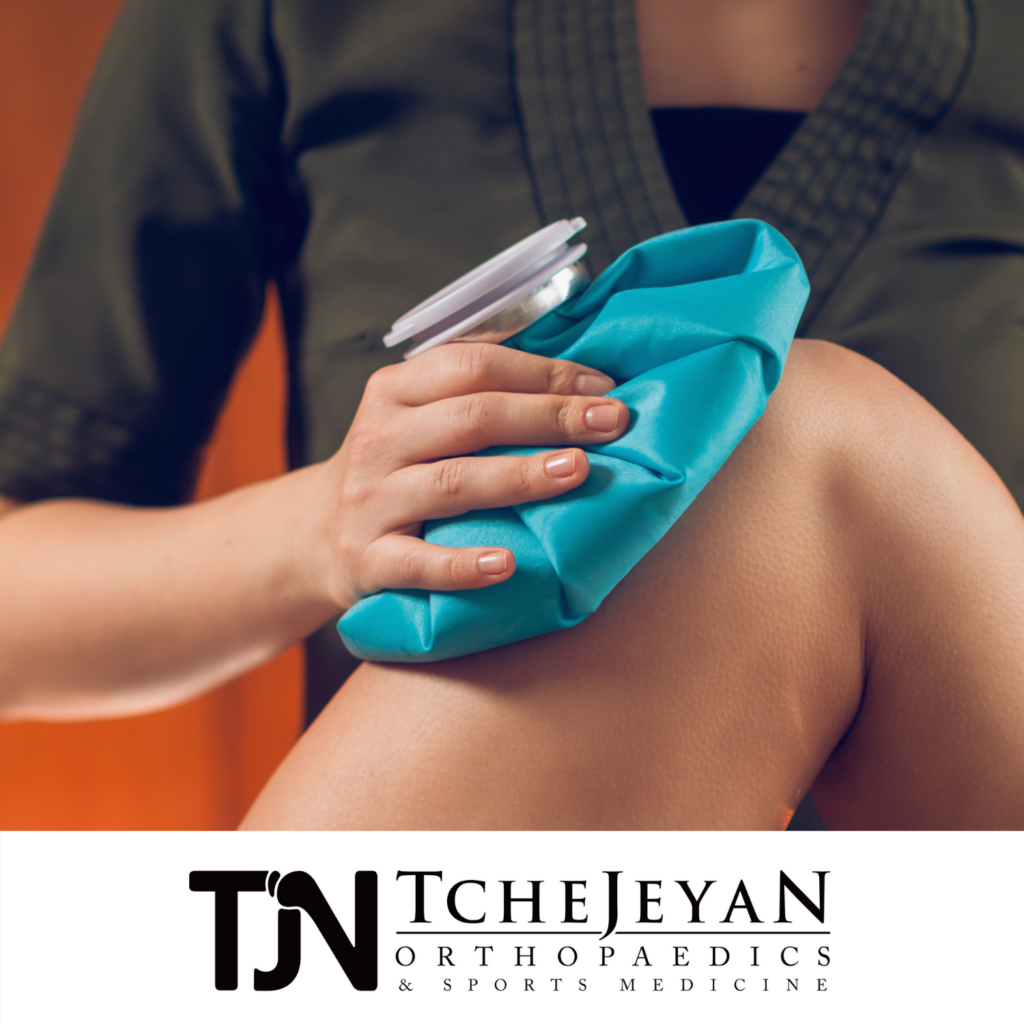
You’ll be instructed to ice frequently in 30 minute intervals, and use a CPM machine, which helps to improve your knee’s range of motion in a safe and slow manner. Elevation is also important, and may provide comfort during sleep.
How Long Until I’m Back To My Normal Activities?
This depends on each patient’s unique experience, however many patients begin driving as soon as they discontinue use of the brace, the crutches, and have regained good control of the operated knee. Patients often return to work within a few weeks as long as their job is not physically demanding. For those who have more physically demanding work than a desk job, it can be 2 – 3 months before they resume normal work activities. For jobs like construction workers, it can look more like 3 to 6 months. In any case, your surgeon will help you determine a timeline that is safe for you.
As for resuming regular physical activity, most of that is done in physical therapy initially. Swimming and exercise biking are two activities you can do early in rehabilitation. We recommend not doing any strenuous activity outside of physical therapy for approximately 12 weeks. That means no mowing lawns, etc., in the summer, and no snow blowing or shoveling in the winter.
It will take approximately six months for you to return to strenuous physical activity such as skiing, football, soccer, basketball, hiking, etc. But don’t worry! You will be preparing for your return to sports by following the physical therapy protocol. Our goal is to get you back to the activities you love and improve your quality of life for the long term. These few months are just a small price to pay for a lifetime of health and wellness.

We’re Here To Help
Are you a candidate for ACL Reconstruction? Dr. Gregory H. Tchejeyan is the most qualified surgeon in the area for the job. Known as the “L.A. Knee Guy”, he’s performed over 10,000 surgeries with one of the highest surgical success rates in the nation!
At TJN Orthopaedics, our trained staff stands by ready and waiting to answer your questions and help in any way possible. Give us a call today!
250 Lombard Street, 1st Floor
Thousand Oaks, CA 91360

